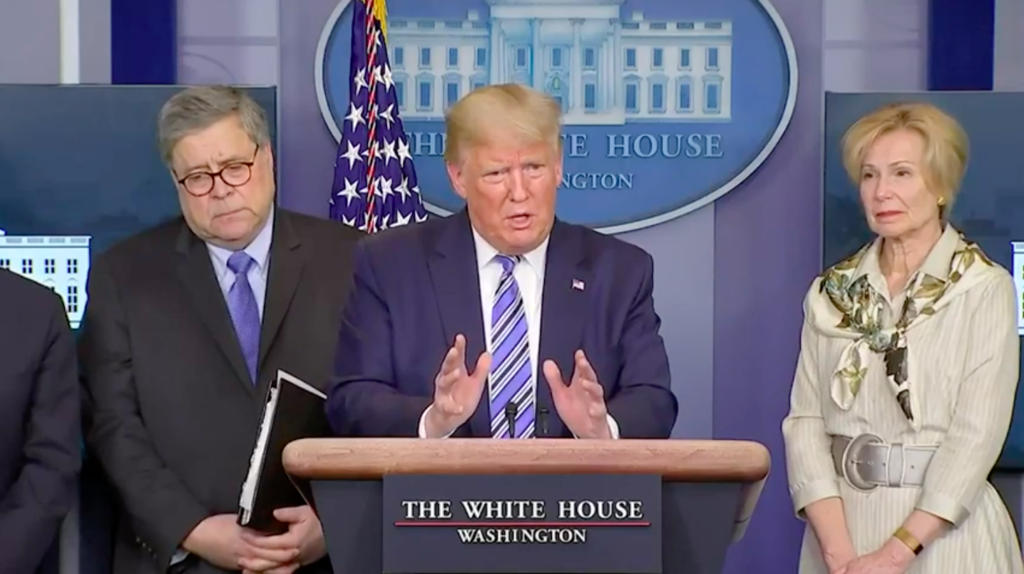Coronavirus “Return by Easter” and the Worst-Case Scenario: 7,425,000 Deaths by July 1st

As of 2020, the current population of the United States is roughly 330 million people. In President Donald Trump’s now-famous statement, “We can’t have the cure be worse than the problem,” he suggests that social distancing and the closing of businesses should be relaxed sooner rather than later. He has stated that he has no intention of shutting down the country 100%, and that each state and city should be considered on a case-by-case basis. Many cities around the country have implemented stay at home guidelines at least through the middle of April in an effort to curb the spread of the coronavirus.
As of today, March 24, 2020, the number of reported coronavirus cases in the United States according to the CDC sits at 44,183, while the number of reported deaths as a result of infections is 544. That is a death rate of 1.27%. Let’s take a look at the numbers and calculate some hypothetical scenarios based on efforts of control measures and social distancing.
In three likely scenarios for how the outbreak could spread, our date marker for the percentage of the U.S. population infected will be by July 1st. So, if Americans take severe control measures (meaning the strongest precautions) over the next three months, roughly 25% of Americans could get infected, or 82,500,000 people by July 1st.
- If the death rate was 1%, then 825,000 people could die
- If the death rate was 2%, then 1,650,000 people could die
- If the death rate was 3%, then 2,475,000 people could die
If Americans take some control measures over the next three months, roughly 50% of Americans could get infected, or 165,000,000 people by July 1st.
- If the death rate was 1%, then 1,650,000 people could die
- If the death rate was 2%, then 3,300,000 people could die
- If the death rate was 3%, then 4,950,000 people could die
If the out-of-control scenario took place where Americans took no control measures over the next three months, roughly 75% of Americans could get infected, or 247,500,000 people by July 1st.
- If the death rate was 1%, then 2,475,000 people could die
- If the death rate was 2%, then 4,950,000 people could die
- In the worst-case, nightmare scenario where the death rate was 3%, then 7,425,000 people could die
These examples of hypothetical coronavirus infections and deaths present the case for severe to moderate control measures. Of course, this will all have a highly negative impact on the economy, and will most likely cause changes to our psychology and sociology for the time being and afterward, but we have to ask ourselves is any of that truly more important than saving human lives?
Buy our new book and know the important facts about COVID-19. All of your answers in one place, instead of Googling around all day and searching articles. 30-day 100% money-back guarantee if you aren’t satisfied.
Download instantly now:

Coronovirus Is Very Dangerous Pz God Help Peoples.